F1 Three-Feet Stove Teapot
$119.00
- Name: F1 Three-Feet Stove Teapot
- Capacity: 94 ml
- Material: Lüni
Out of stock
Description
Name: F1 Three-Feet Stove Teapot
(full name Ao Jian San Zu Lu)
Year: Late 90s
Volume: 94 ml +/-
Material: Lüni. Mid/High-fired
Seal: Liu Li Li
Handle: N/A
Lid: Li Li
Filter: seven holes
Pouring time: 12s +/-
(F1 Three-Feet Stove Teapot)
This teapot is part of a set of ten different-shaped teapots and clay made by Factory One.
Considering it is a Factory One teapot, the level of craftsmanship is decent. The lid fits tightly but has that usual amount of dripping that most of the F1 teapots have.
Some tooling marks in one of the feet (picture10), body and inside the lid are the most obvious at first glance. It also has a tiny grain of sand on the handle (picture 9). Please check the pictures.
This teapot is brand-new. Before using it, I advise you to rinse it with boiling water. Then rinse it with room temperature water and smell it to check if it still has a clay smell. Repeat the procedure until the clay smell goes away.
Then you can start making tea. It might take 1-2 weeks if you use it daily until it makes decent tea.
You could also follow the more complicated method of boiling the teapot. However, it takes more time. And the teapot might get broken or cracked during the procedure.
This clay goes well with different roasting levels of Tie Guan Yin. Brews particularly well, light-roasted TGY. Various kinds of Puer and Green teas. But it might do well with other teas. You could compare it against porcelain to decide what teas brew well.
I advise you to experiment with different teas and find the best match according to your taste.
When buying a Factory One pot, be aware that, generally speaking, these Teapots have no perfect craftsmanship compared to many modern teapots.
You can expect some natural kiln cracks on the surface of the clay. However, it is not like a crack caused by the user that penetrates through the other side. You also might find a not perfectly aligned spout, knob and handle, tooling marks on the lid and mouth of the teapot, etc. You should also expect other natural signs from the kiln, i.e. black spots, which are iron oxide that melted during the firing. Inside and outside the teapot, you may also find some mica chips that look like metal spots. Silvery in appearance.
Regarding the lid craftsmanship, rarely can you find a perfect lid fit. Usually, the lid is a bit loose with slight dripping.
Remember that these were mass-production products. Therefore, the craftsmanship details mentioned above are perfectly normal.
If you want perfect or nearly perfect craftmanship, choose modern teapots instead.
Additional information
| Weight | 508 g |
|---|
Reviews (0)
Only logged in customers who have purchased this product may leave a review.
Related products
Teaware


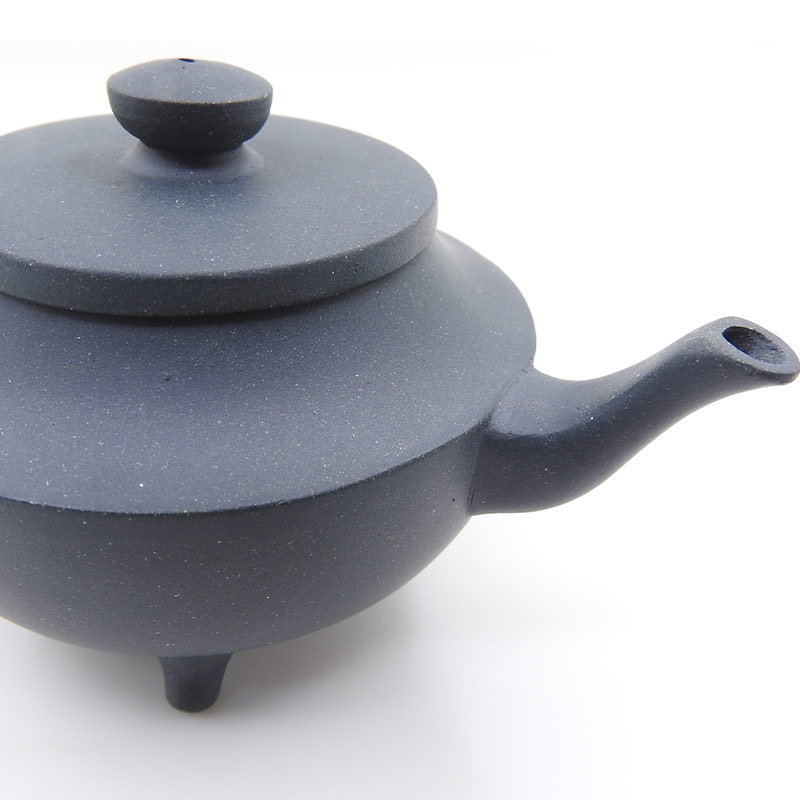



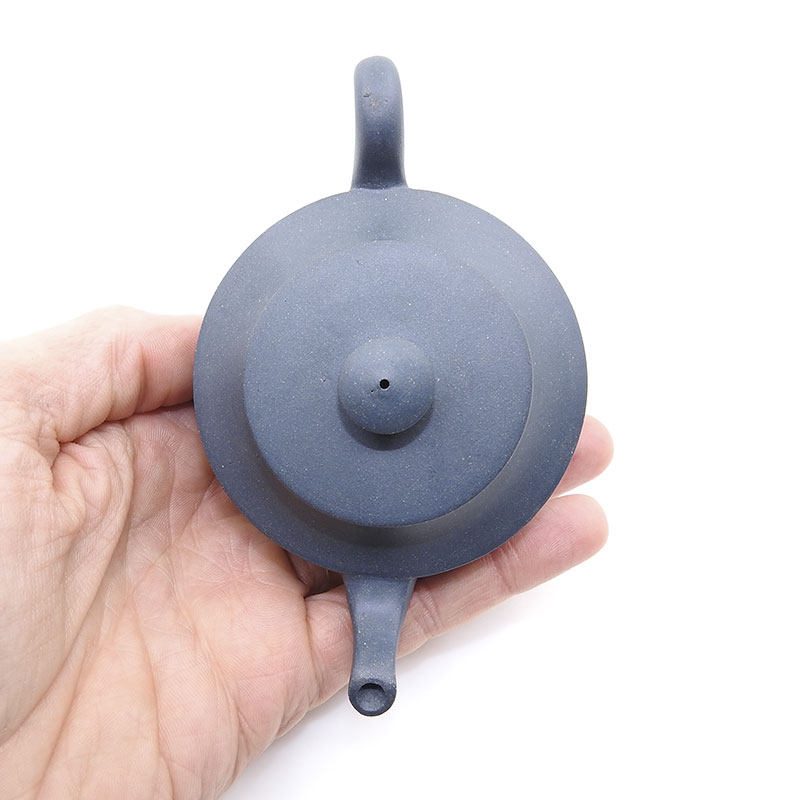
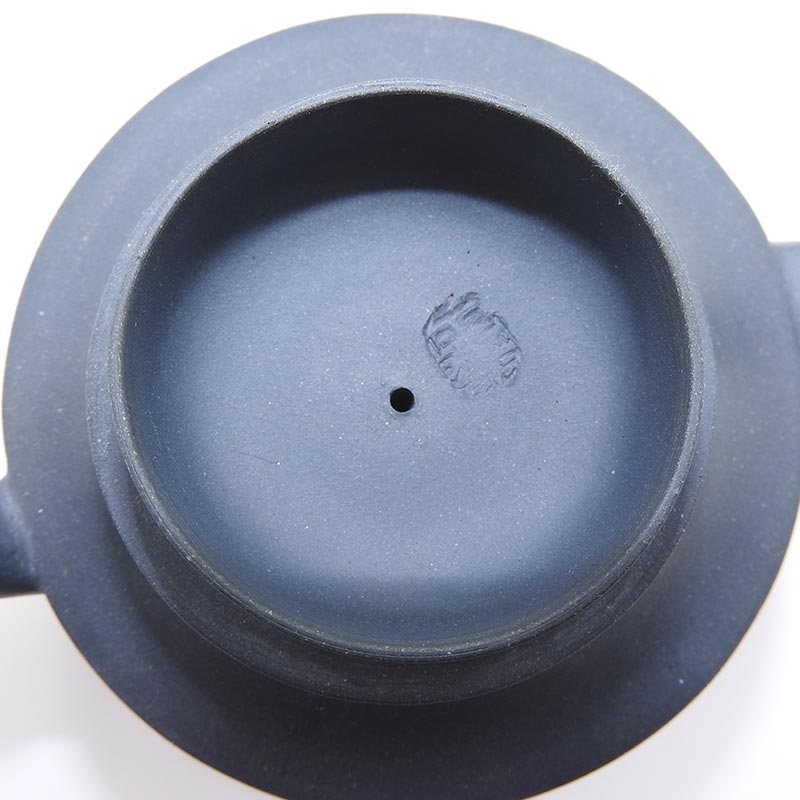
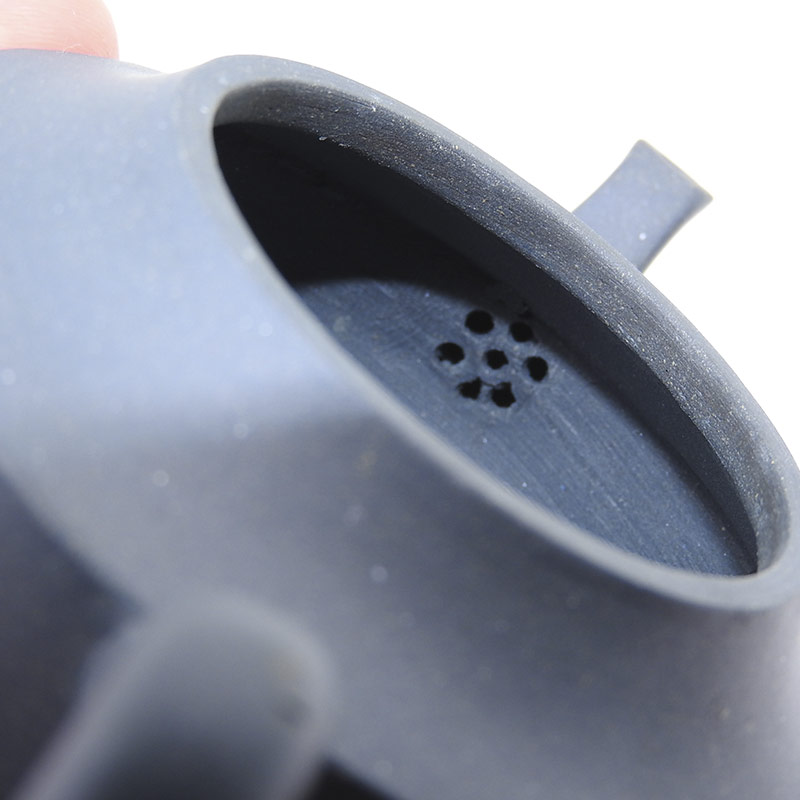
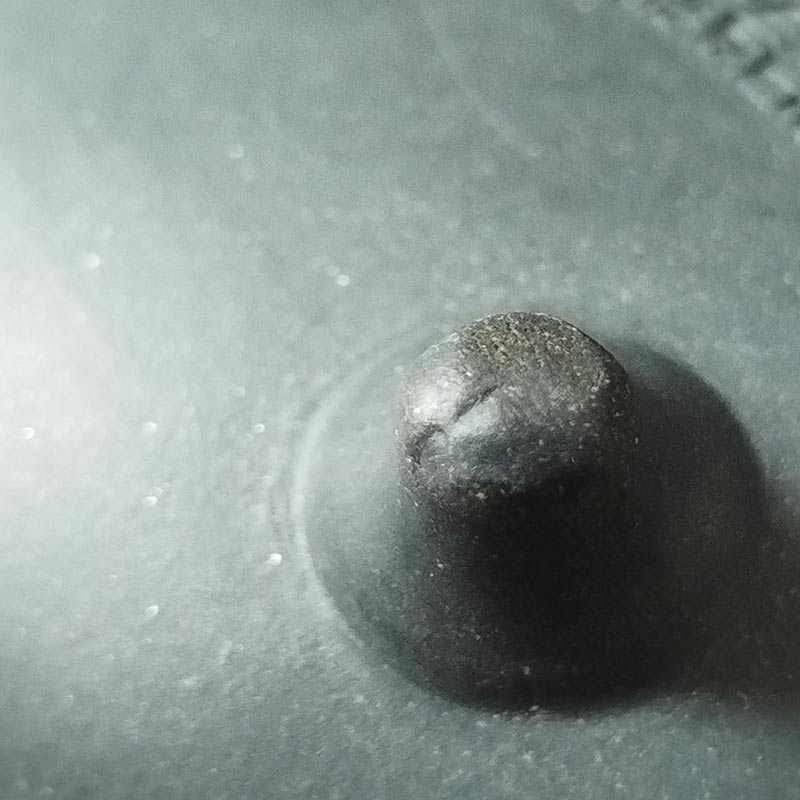
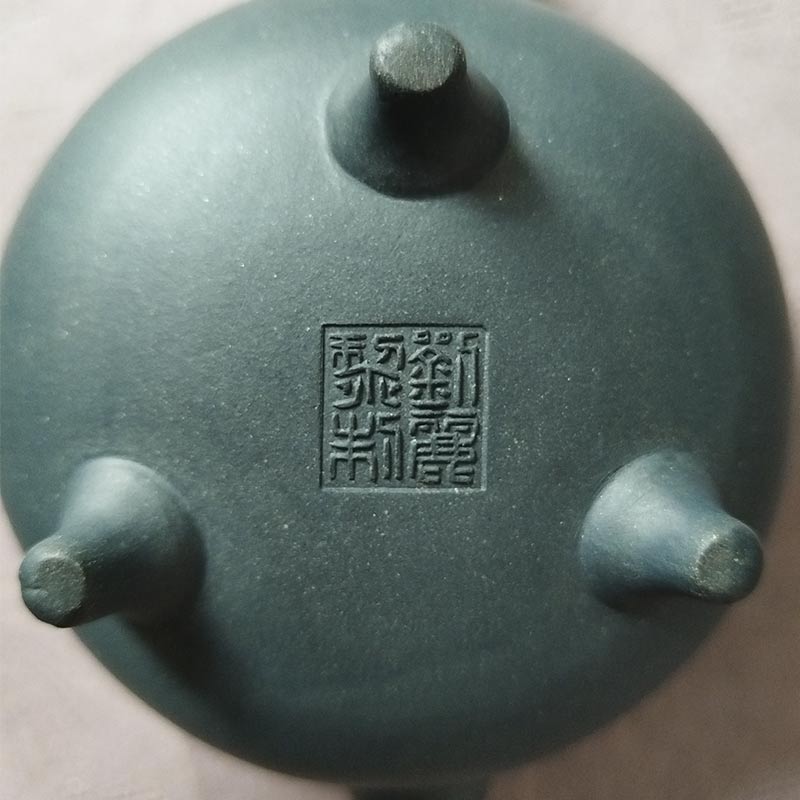
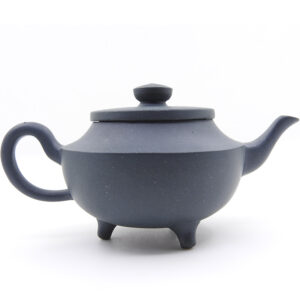


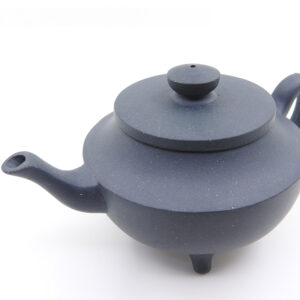


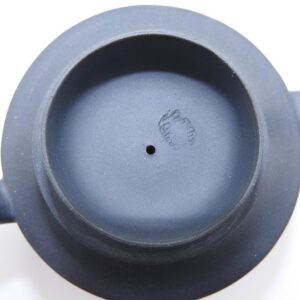

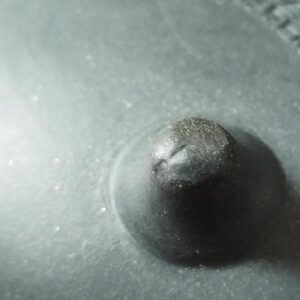


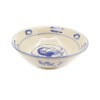
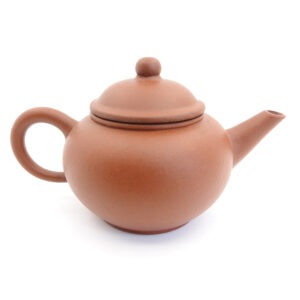

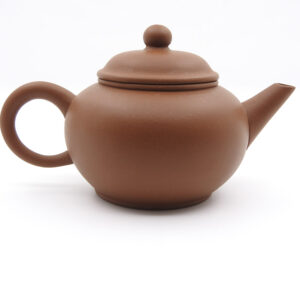
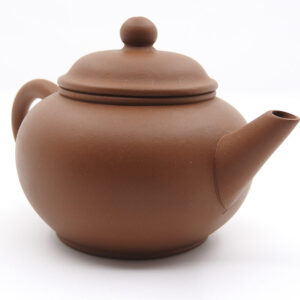
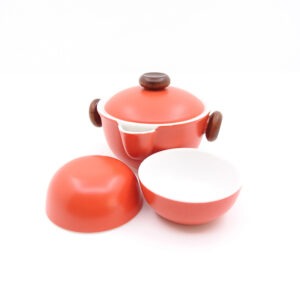
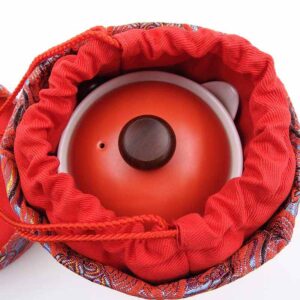
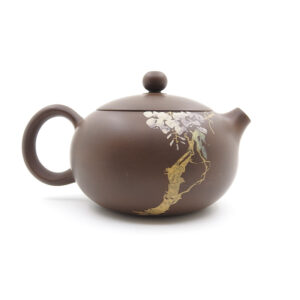
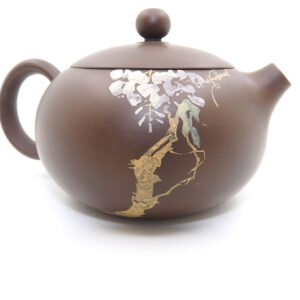
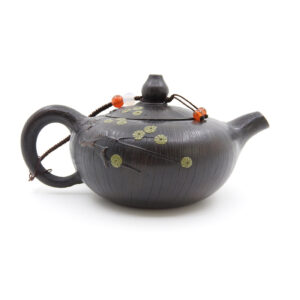


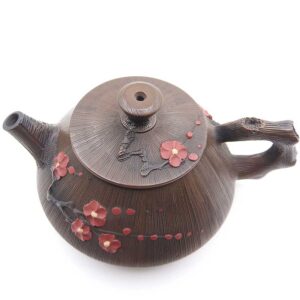
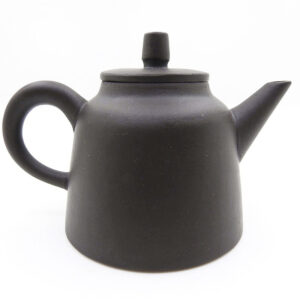

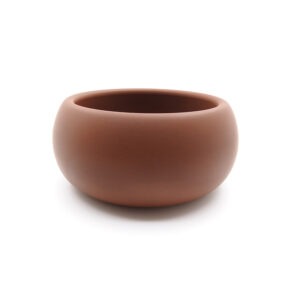
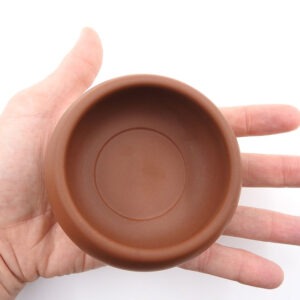
Reviews
There are no reviews yet.